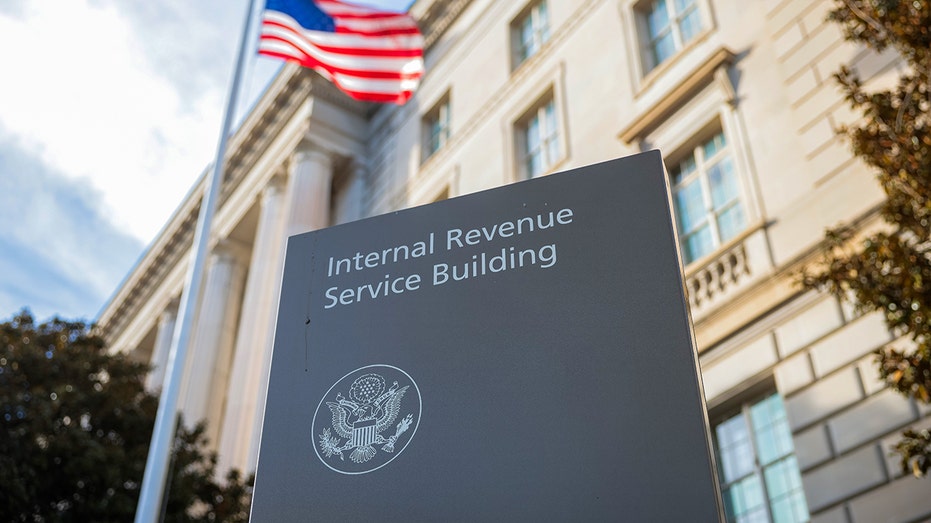The IRS unveiled contribution limit changes for popular retirement plans, including 401(k) plans and IRAs.
Americans who contribute to 401(k) and 403(b) plans, as well as governmental 457 plans and the federal government’s Thrift Savings Plan, will see their contribution limit rise to $24,500 in 2026 – an increase from $23,500 in 2025 – the IRS announced on Thursday.
The IRA contribution limit is also rising next year, increasing to $7,500 in 2026 from $7,000 this year.
People aged 50 and up who are looking to ramp up their retirement savings through the use of catch-up contributions to IRAs will be able to contribute an extra $1,100 to their IRA starting next year – up from an additional $1,000 this year. That change came about due to a provision of the SECURE 2.0 Act requiring an annual cost-of-living adjustment.
IRS REVEALS 2026 TAX ADJUSTMENTS WITH CHANGES FROM ‘BIG, BEAUTIFUL BILL’
For workers aged 50 and up who participate in 401(k), 403(b), government 457 plans and the federal Thrift Savings Plan will have their catch-up contribution limit increase to $8,000 next year, an increase from $7,500 in 2025.
That means workers who are eligible for catch-up contributions and participate in such plans would see their total contribution limit rise to $32,500 starting in 2026.
A policy change from the SECURE 2.0 Act also created a higher catch-up contribution limit for workers aged 60, 61, 62 and 63 who participate in those plans have a catch-up limit of $11,250 – rather than the $8,000 for younger savers – which will remain unchanged in 2026.
SOCIAL SECURITY COMMISSIONER FRANK BISIGNANO NAMED IRS CEO

Taxpayers are able to deduct contributions made to a traditional IRA under certain circumstances, with the amount of the deduction subject to a phase out based on income and filing status, as well as whether the taxpayer is covered by a workplace retirement plan.
For single taxpayers who are covered by a workplace retirement plan, the phase-out range will increase to between $81,000 and $91,000 in 2026 – an increase from $79,000 to $89,000 this year.
AMERICANS UNDERPREPARED FOR LONGER LIFESPANS AND EXTENDED RETIREMENT YEARS, STUDY FINDS

For married couples filing jointly, if the spouse who makes the IRA contribution is covered by a workplace retirement plan, the phase-out range would increase to between $129,000 and $149,000.
The phase-out range for individuals contributing to a Roth IRA will rise in 2026 to between $153,000 and $168,000 for singles and heads of household, up $3,000 each compared with this year. For married filers, the phase-out range will rise to between $242,000 and $252,000 next year – an increase of $6,000 each this year.
Lisa Featherngill, national director of strategic wealth and business advisory at Comerica Wealth Management, said that the “new 2026 retirement plan limits give people more room to save, which is especially helpful as retirement gets longer and more expensive.”
Read the full article here




